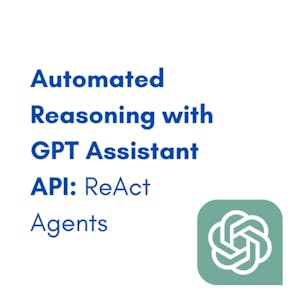Program Communications Management in ClickUp
About this Course
By the end of this guided project, you will be fluent in creating Program Communications artefacts for the Identification/Planning Phase for diverse programs. You will utilise a logical diagramming plan in an agile environment to develop the solution. This will enable you to identify and classify the required components for communication management. Furthermore, it will help develop a structural model for learning about the field of Program Management. If you are interested in building up the knowledge leading to this guided project, the following is the link to: [ Developing Programme Management Blueprint with ClickUp] [Advanced Programme Planning Phases Framework in ClickUp] This Guided Project is essential for individuals wanting to learn about the field, or looking to transition into working in Program Management. This guided project is designed to engage and harness your visionary and exploratory abilities. You will use proven models in an agile environment with ClickUp to engage in a hands-on learning experience.Created by: Coursera Project Network

Related Online Courses
This is a self-paced lab that takes place in the Google Cloud console. In this lab you learn how to use Data Canvas to visualize and design queries.Created by: Google Cloud more
In this Capstone project, you will have to choose between three different characters (each with a unique set of financial constraints and objectives) and design an appropriate wealth plan for them... more
This course is aimed at anyone who is interested in trauma and education. The MOOC includes four units that cover an introduction to trauma, the trauma-informed framework, issues of equity, and... more
The concepts of large language models (LLMs) took the world by storm in November 2022, positioning Artificial Intelligence as one of the most invested-in and promising technology sectors. This... more
This course is for implementers, managers, funders, and evaluators of health programs targeting women and children in low- and middle-income countries as well as undergraduate and graduate students... more








